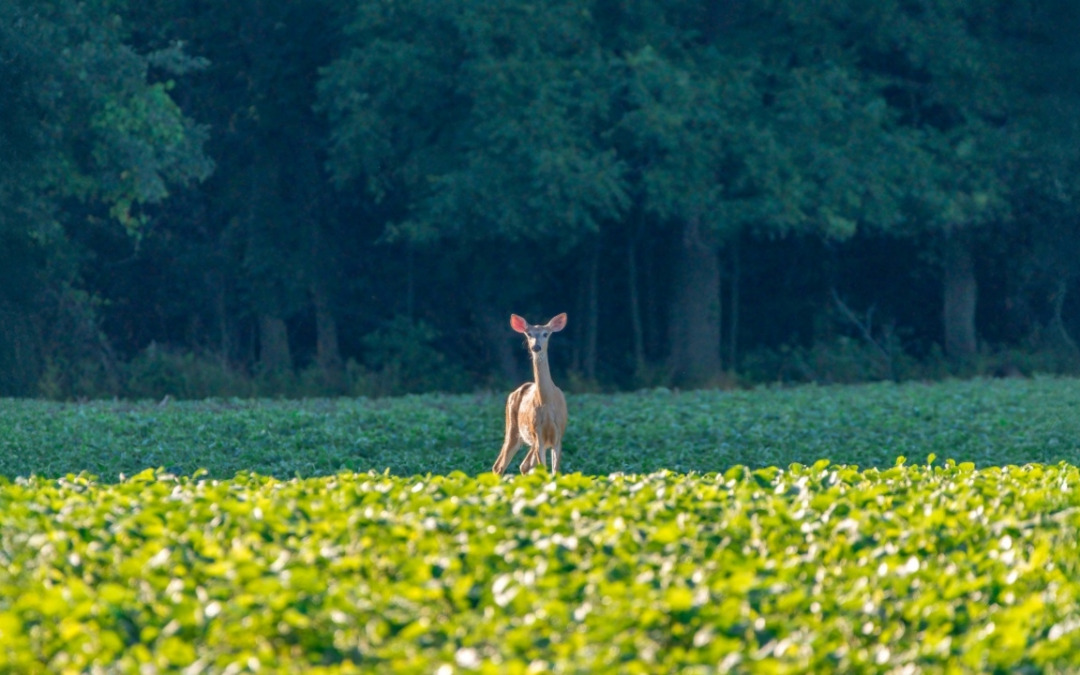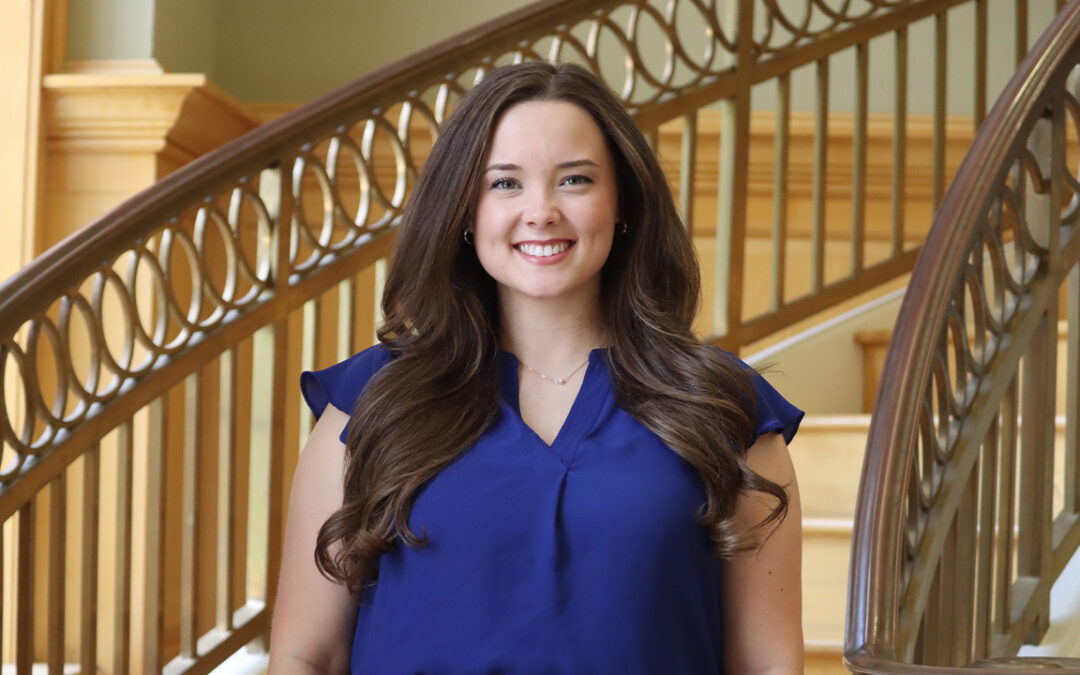By Kelley Young
Alabama is home to unique ecosystems like the Appalachian Plateau, the Mobile-Tensaw Delta and the Black Belt Prairie, and protecting these delicate environments is crucial to maintaining biodiversity across the state.
That’s why Auburn University’s Kelly Homan and Katelyn Lawson have joined forces to assist the state of Alabama in the creation of its 2025 State Wildlife Action Plan (SWAP) revision. Homan teaches environmental design in the College of Architecture, Design and Construction, and Lawson teaches in the environmental sciences program in the College of Agriculture.
Updated every 10 years, the SWAP is a comprehensive collection of scientific data on wildlife that identifies the state’s conservation priorities. Homan and Lawson recently received a grant of more than $400,000 from the Alabama Department of Conservation and Natural Resources (ADCNR) to work on the 2025 SWAP revision. The past two revisions have included mammals, birds, amphibians, reptiles, fish, mussels, snails and crayfish, but the 2025 SWAP revision will be the first to include plants.
“We are adding plants to the document through the same process animals are added,” Homan said. “This is a big step forward for plant conservation in the state.”
Homan and Lawson have unique expertise and research interests that cross the fields of design and science. Homan’s previous research includes documenting Alabama’s dwindling grasslands and landscape-scale design as a tool for preserving biodiversity. Lawson has done significant work in landscape ecology and conservation with the Alabama Natural Heritage Program (ALNHP), which houses data on the state’s rare, threatened and endangered species.
In addition to Homan and Lawson, Auburn’s Al Schotz and Patrick Thompson also will be working on the SWAP revision, assisting with data collection and plant species prioritization. Both work in the College of Sciences and Mathematics’ Department of Biological Sciences, where Schotz is a botanist and community ecologist with the ALNHP and Thompson is a curator with the Donald E. Davis Arboretum.
In addition to the plant work, Homan and Lawson are working with ADCNR and stakeholders from across Alabama to create a network of wildlife cores and corridors at the state scale. The statewide corridor design work will be a first for the state of Alabama, and rare, threatened and endangered plants and animals will play a significant role in the overall conservation corridor vision.
The SWAP is set to be finalized by the end of 2025, and Homan and Lawson are eager to see the final product, since time is of the essence when it comes to preserving animal and plant species across Alabama. Homan says there’s a desperate need for additional plant conservation funding in all states, and getting plants in the Alabama SWAP is a good first step toward supporting the large number of plant species in danger of local extinction.
“Plants garner far less public attention in both research and conservation work,” she said. “We are excited that the SWAP will give plants a larger voice in the state.”




